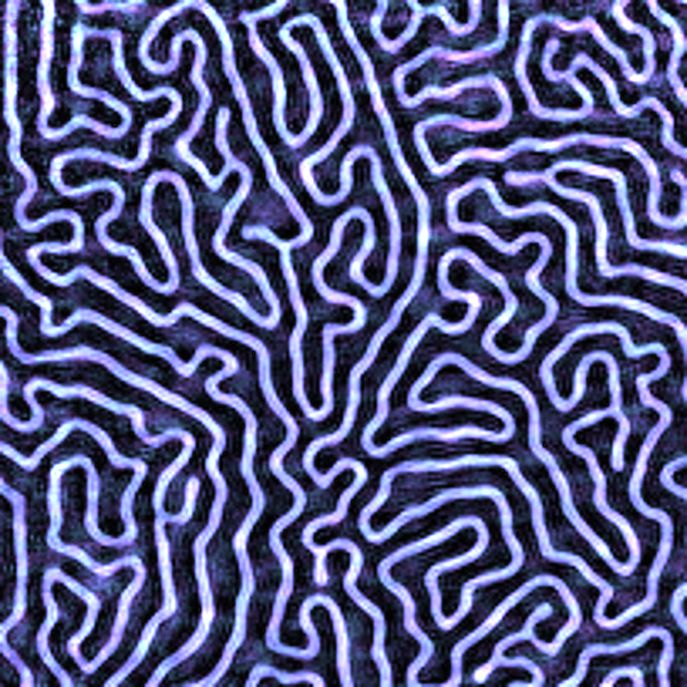Better than Superman? X-Ray Microscope Enables Nanovision

Forget X-ray glasses. A new X-ray microscope can see details a small as a billionth of a meter — without even using a lens.
Instead, the new microscope uses a powerful computer program to convert patterns from X-rays bouncing off materials into images of objects as small as a one nanometer across, on the scale of a few atoms.
Unlike Superman's X-ray vision, which allows him to look through walls to see the bad guys beyond, the new technology could be used to look at different elements inside a material, or to image viruses, cells and tissue in great detail, said study researcher Oleg Shpyrko, a physicist at the University of California, San Diego. But one of the most important applications is in nano-sized engineering, Shpyrko said.
"We can make things at nanoscale, but we can't see them very well," Shpyrko told LiveScience. "So our paper pushes the characterization [of the nanomaterials] forward," he added, referring to their research article published in the journal Proceedings of the National Academy of Sciences Aug. 8.
Astronomers use similar programs to remove distortions from their images and even to sharpen the pictures sent back by the Hubble Space Telescope, but the nanovision technique, developed by UC San Diego graduate student Ashish Tripathi, is new. The computer program essentially unscrambles a complex pattern from X-rays bouncing off an object to form an image. [Science as Art: A Gallery ]
To test the program, the researchers created a layered film made of the elements iron and gadolinium. Combined, the two magnetic materials crinkle into a series of magnetic domains that look like a maze or the ridges of fingerprints. By seeing and understanding how the materials self-assemble, you could create nanoproduction processes that are much more efficient than the current method of building materials atom-by-atom, Shpyrko said.
Understanding magnetic materials at the nanoscale could lead to better magnetic data storage, Shpyrko said.
Sign up for the Live Science daily newsletter now
Get the world’s most fascinating discoveries delivered straight to your inbox.
The researchers, who conducted the study with funding from the U.S. Department of Energy, are also interested in solving other tiny mysteries with big implications. For example, Shpyrko said, batteries degrade over time, because the interface between the battery's electrodes and electrolyte degenerates. No one understands exactly how this happens or how to fix it, he said, and it's tough to see inside the interface to diagnose the problem. X-ray nanovision could change that.
"With this microscope, we can actually look at this very difficult interface," Shpyrko said.
You can follow Live Science senior writer Stephanie Pappas on Twitter @sipappas. Follow LiveScience for the latest in science news and discoveries on Twitter @livescience and on Facebook.

Stephanie Pappas is a contributing writer for Live Science, covering topics ranging from geoscience to archaeology to the human brain and behavior. She was previously a senior writer for Live Science but is now a freelancer based in Denver, Colorado, and regularly contributes to Scientific American and The Monitor, the monthly magazine of the American Psychological Association. Stephanie received a bachelor's degree in psychology from the University of South Carolina and a graduate certificate in science communication from the University of California, Santa Cruz.










